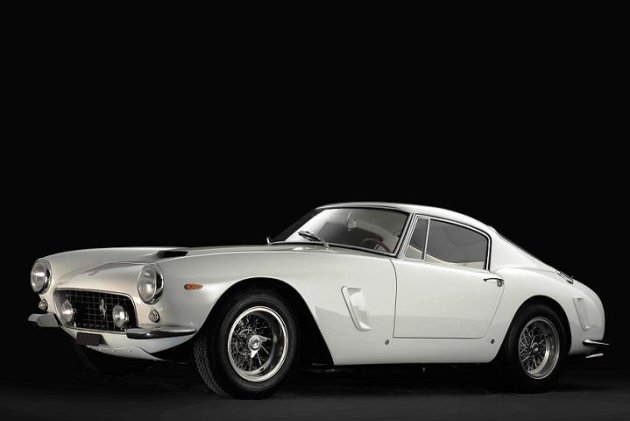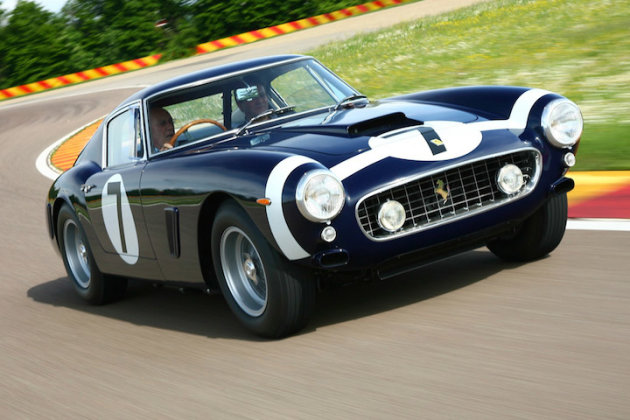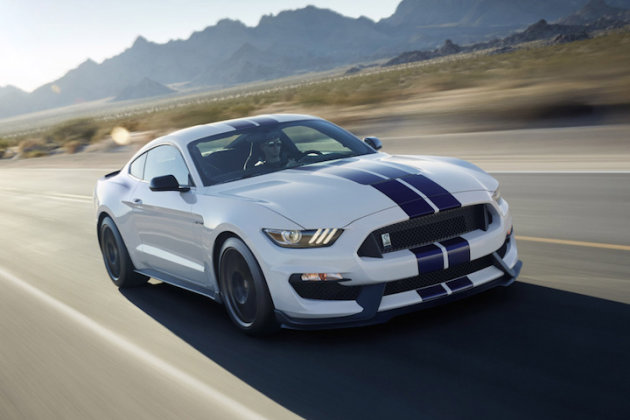Pop-up Headlights
The first car that could wink its lights at you was the Cord 810, which was introduced in 1936. Each of the Cord’s headlights had a hand crank on the dash, which had to be turned to pop the lights out of the front fenders.
In the 1960s, pop-up headlights became increasingly popular on sports cars because they provided unique styling cues, but they also allowed automakers to get around headlight height regulations. The last mass-produced cars with pop-up lights were the 2004 Chevrolet Corvette and 2004 Lotus Esprit, and while retractable headlights could come back into style, the introduction of LED headlamps, which are brighter and smaller in size, means that concealed headlights are no longer necessary to maintain a car’s exterior style.
Record Player
Most of us don’t spend much time listening to vinyl anymore, but just like that DJ spinning records in a trendy nightclub, there was a time when you could cue up some 45s in your Chrysler. In 1956, you could get an optional record player in Chrysler, DeSoto, Dodge and Plymouth vehicles.
The system featured a slide-out turntable under the dash, which could be turned on with the flip of a switch. However, as drivers hit potholes or cruised down an imperfect stretch of road, it was likely that the records would skip. In-car record players were a long way from the USB/iPod connections we see in cars today, but they did pave the way for new in-dash entertainment options.
Third Headlight
The 1948 Tucker Sedan pushed the boundaries of car tech in its day. And although only 51 cars were ever made, the Tucker’s third headlight pioneered some of the features found on today’s high-end cars. Known as the “Cyclops Eye,” the Tucker Sedan’s third, middle headlight would swivel with the steering wheel to improve visibility around corners.
While an extra light seems like it would improve safety, at the time it was introduced 17 states had laws against vehicles having more than two headlights. As a result, Tucker made a cover to conceal the center light to keep the sedan legal in those states.
Hidden Gas Caps
Years ago, automakers used to hide gas caps in stealthy locations. Cars like the ’56 Chevy Bel Air had the gas cap hidden behind a taillight, which would swivel out of the way, while numerous cars from the 60’s and 70’s had their fuel fillers located behind the license plate.
Hiding the gas cap in a trick location streamlined the exterior style of these cars, but eventually, it was decided that fuel fillers that pointed to the rear could be dangerous. The problem was that if you got rear-ended, just a small bump could create a gas leak by breaking the pipe or ramming it into the gas tank. As a result, today’s gas caps are generally located behind a fuel filler door on your car’s side.
Automakers have to think outside the box in order to develop new features. While the novelties on these cars may not have stood the test of time, the creative force behind them ultimately helped hone the cars that we park in our driveways today.
Whether your gas cap is hidden or obvious, you don’t want to pay more for gas than you have to.






